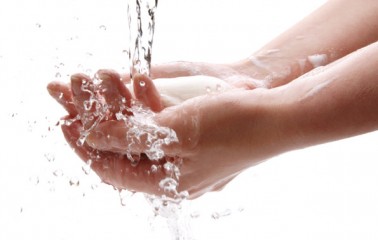Occupational Hygiene for a Healthy Workplace

About 137 million working days were lost from illness and injury in 2016, according to the Office for National Statistics, equivalent to 4.3 days per worker. Minor illnesses such as coughs and colds accounted for almost a quarter of the days lost due to sickness in 2016, at 34 million days. These illnesses could be preventable by maintaining adequate hygiene in the workplace.
On the 15th October is Global Handwashing Day to remind us that handwashing not only protects our own health but also aims to promote the benefits and practice of handwashing as well as fostering access to and improving hygiene facilities.
Hands can pass on germs to everything you touch, so it is important to clean your hands properly as soon as possible to control the risk of infection.
A workplace risk assessment is essential in making sure you get your first aid and hygiene provisions right. Employers must determine where staff and members of the public might come into contact with infectious microorganisms. Consider any conditions which may harbour bacteria and make sure these are controlled to prevent germs from growing and contaminating.
Once you have carried out a risk assessment, Control of Substances Hazardous to Health Regulations 2002 (COSHH) requires that if it is not possible to prevent exposure at source, then you need to ensure control measures are in place. Employees should have minimum exposure to any source of germs or materials that may be harmful to their health e.g. an irritant cleaning product could be swapped for something milder.
High levels of occupational hygiene should be adopted in all workplaces. This should not only be applied when contamination is suspected, but also on a routine basis to keep equipment and the workplace clean. It is good practice to encourage recycling and to ensure that waste is disposed of in the least harmful way.
As well as controlling day to day risk to germ exposure, consider what to do in an emergency situation where first aid is needed. You should think through any potential hazards associated with your workplace and make sure the most appropriate first aid equipment is accessible and visible.
Always make it clear to employees when and how to apply controls, for example when to use personal protective equipment, when and how to wash hands properly as well as what to do in an emergency. Signs can help to remind staff and visitors when to wash hands for example before leaving premises, eating and drinking.
